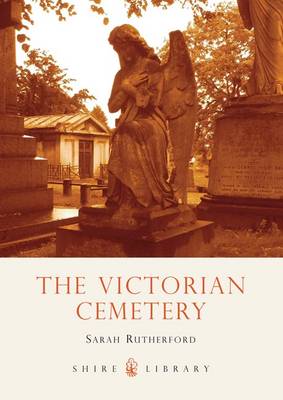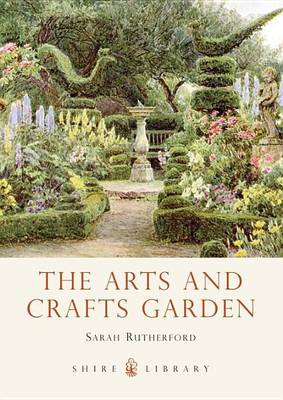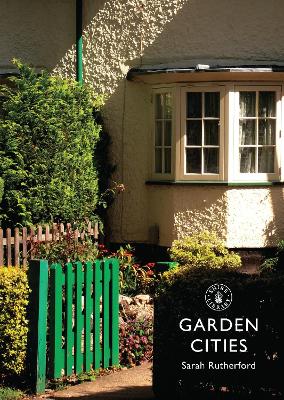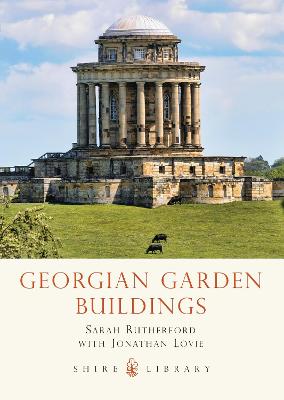Shire Library
4 primary works • 5 total works
Book 481
Planned with the same passion as a landscape garden, filled with monuments that represented the start of the art of craftsmanship in stone, and equipped with expensively constructed and fashionably designed gatehouses and chapels of rest, the Victorian cemetery was a matter of real civic pride. It was also the ultimate expression of the 'cult of the dead' that gripped every Victorian. This beautifully illustrated study of the Victorian cemetery tells the fascinating story of this historical and architectural phenomenon, which provided Britain's towns and cities with some of their most extraordinary, and charming, reminders of the sensibilities of an age long gone.
Book 771
The Arts and Crafts Movement espoused values of simplicity, craftsmanship and beauty quite counter to Victorian and Edwardian industrialism. Though most famous for its architecture, furniture and ornamental work, between the 1890s and the 1930s the movement also produced gardens all over Britain whose designs, redolent of a lost golden era, had worldwide influence. These designs, by luminaries such as Gertrude Jekyll and Sir Edwin Lutyens, were engaging and romantic combinations of manor-house garden formalism and the naive charms of the cottage garden - but from formally clipped topiary to rugged wild borders, nothing was left to chance. Sarah Rutherford here explores the winding paths and meticulously shaped hedges, the gazebos and gateways, the formal terraces and the billowing border plantings that characterised the Arts and Crafts garden, and directs readers and gardeners to where they can visit and be inspired by these beautiful works of art.
Book 782
Garden Cities: the phrase is redolent of Arts and Crafts values and nineteenth-century utopianism. But despite being the culmination of a range of influential movements, and their own influence, in fact there were only ever two true garden cities in England – far more numerous were garden suburbs and villages. Crystallised in England by social visionary Ebenezer Howard and designed in many cases by Barry Parker and Raymond Unwin, the concept arose from industrial settlements like Port Sunlight, and also from the American City Beautiful movement. Designed to promote healthy and comfortable individual and community life, as well as commerce and industry, they remain instantly recognisable. This book is a beautifully illustrated guide to the movement and to the communities which are its legacy. Sarah Rutherford has an MA in the conservation of historic parks and gardens and a PhD. She was Head of the English Heritage Historic Parks and Gardens Register and is now a freelance consultant, creating conservation plans.
Book 807
Across the world hundreds of botanic gardens combine scientific research, conservation and beauty with public access, with Kew Gardens alone attracting around one million visitors a year. For centuries they have variously focused on cultivating medicinal and exotic plants, introducing lucrative crops such as tea and rubber to new countries, preserving international plant collections, scientific classification and research - or have combined all these things. Sarah Rutherford here tells their story from the sixteenth century up to their long heyday in the last two hundred years. She explains the gardens' design and architecture, the personalities and institutions associated with them, their important role in research and conservation, and their appeal to millions of visitors.
Did Hermitages really house hermits? What was the point of a sham castle or Gothic ruin? Though Georgian garden buildings often seem monuments to rich men's folly and whimsy, in fact they always had a purpose, whether functional or ornamental, and today are valued for their social meaning and their place in the history of architecture and landscape design, as well as often for their sheer beauty or quirkiness. This overview of Georgian garden buildings examines their place in architectural and landscape history, and explains the purpose and form of individual types in the context of the English landscape garden. It looks at more than twenty types, from arches to towers via columns, grottoes and rotundas.




